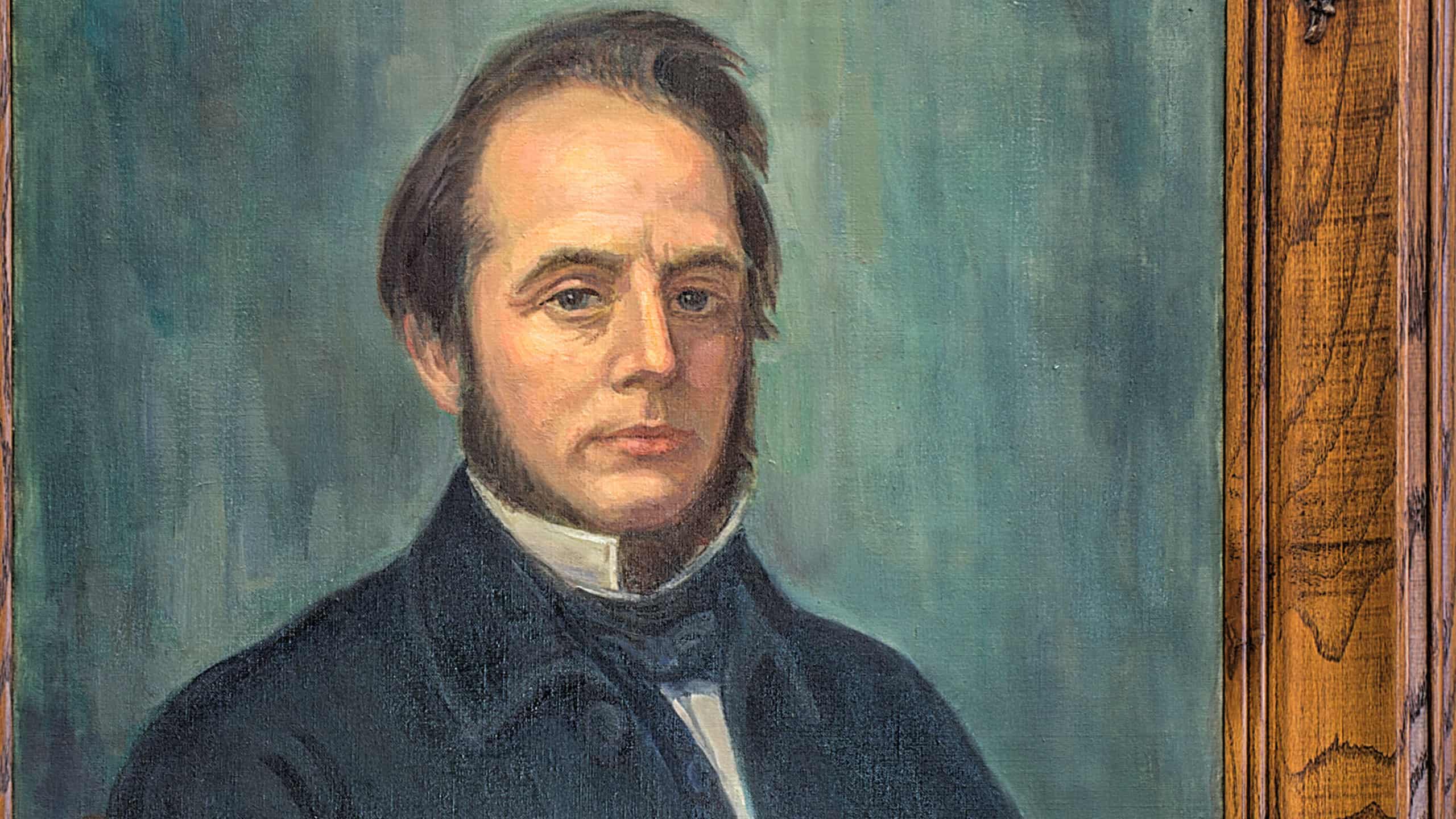By the time the Free Methodist Church (FMC) was formally established in 1860, the forces that led to its formation had been gaining momentum for quite some time. Benjamin Titus “B.T.” Roberts was ordained for ministry in the Genesee (New York) Conference of the Methodist Episcopal Church (MEC) in 1850—the same year he heard Phoebe Palmer preach on holiness at a camp meeting. And he never recovered! He later wrote of the experience:
“I deliberately gave myself anew to the Lord, to declare the whole truth as it is in Jesus and to take the narrow way. The blessing came. The Spirit fell on me in an overwhelming degree. I received a power such as I had never felt before. This consecration has never been taken back.”
Roberts was certainly not alone among Methodist Episcopal clergy to encounter and embrace Holiness renewal, but there were countervailing forces also at work in the Conference. As time went on, two main factions emerged: the “Nazarites,” reformers like Roberts who contended for personal and social holiness, and the “Buffalo Regency,” establishment power brokers who defended the status quo.
Challenges to Status Quo and Establishment of the Free Methodist Church
Unfortunately, the status quo appeared opposed to the liberating, empowering work of the Holy Spirit among the poor and socially marginalized, including slaves, immigrants, and women. As Methodism had spread after the American Revolution, the MEC, like the young nation where it was founded in 1784, had prospered. By the middle of the 19th century, preferential treatment for the fashionable and well-to-do was becoming entrenched, most conspicuously (but not only) in the pew rental system. Those who could afford to sit in church, did. Those who could not, stood at the back. For Roberts and other Nazarites, rented pews were emblematic of a Methodism that had lost its way as a movement powered by the gospel of Christ, which is “good news to the poor” (see Luke 4:18).
It appears, from contemporaneous accounts, that the Nazarites intended their reforms—including freedom for slaves, freedom in worship, and freedom from wealthy and powerful interests—to be implemented in the stream of faith they already called home. But Roberts and the clergy and laity who shared his views were expelled from the Methodist Episcopal Church in 1858.
Once it became clear that the MEC leadership would not relent, a new Methodist denomination was born on August 23, 1860, in Pekin, New York, with B.T. Roberts as its first general superintendent.
Holiness as the Core Doctrine of the Free Methodist Church
From day one, the doctrine of holiness was the Free Methodist Church’s passion, purpose, and mission. As Leslie R. Marston, Senior Bishop in the 1950s, wrote in his magisterial history of the FMC, “From the event of its founding, the touchstone of Free Methodism’s doctrinal integrity has been its faithfulness to the Wesleyan witness to entire sanctification.” The priorities of the FMC’s first generation reflect this singular focus.
Evangelism
The FMC’s first Book of Discipline, published in 1862, declared, “The provisions of the gospel are for all. The ‘glad tidings’ must be proclaimed to every individual of the human race.” And Free Methodists accepted the mandate. Free Methodism moved west into Michigan and Illinois in the 1860s; into Ohio, Minnesota, Iowa, Wisconsin, and Missouri in the 1870s; into Canada, Kansas, Colorado, Texas, Oklahoma, South Dakota, and California in the 1880s; and Kentucky, Tennessee, Arizona, and Washington in the early 1890s.
Education
Along the path of their western migration, Free Methodists established both churches and schools. B.T. Roberts was a preacher and an educated public intellectual, and sought to unite, in the words of Charles Wesley, “learning and vital piety” in Free Methodism’s DNA. Spring Arbor, Greenville, Seattle Pacific, and Azusa Pacific Universities, among others, were all founded in the first three decades of the FMC.
Worship
Free Methodists sought to follow the Spirit’s leading in their lives but also in their public worship. Roberts wrote, “We do not fear any of the spiritual manifestations of the Spirit of God. . . . What we want is not noisy meetings, not still meetings—but the SPIRIT OF THE LIVING GOD in all our worshiping assemblies.” In the early days, a prohibition against instrumental music reflected the egalitarian conviction that everyone must be included in public expressions of worship, not just professional musicians.
Empowered Laity
If the Holy Spirit works in each person’s life to sanctify them for holy service—a core tenet of Free Methodist doctrine—then lay members should have authority, along with the ordained clergy, to lead and guide the church. From its beginnings, the FMC was (and still is) governed by conferences equally balanced between clergy members and laity.
Concern for the Poor
Both as an expression of their solidarity with the poor and to protest what they saw as the MEC’s worldliness, Free Methodists rejected personal luxuries such as fine clothing and jewelry. David L. McKenna, President Emeritus of Asbury Theological Seminary, wrote this about the FMC: “The foundational doctrine of entire sanctification and the denominational discipline of simplicity cannot be ends in themselves. Rather, they are the spiritual means to the social end of Christlike compassion for the poor.” Holiness, in B.T. Roberts’ view, is never only personal; it is always for the sake of “the least of these.”



